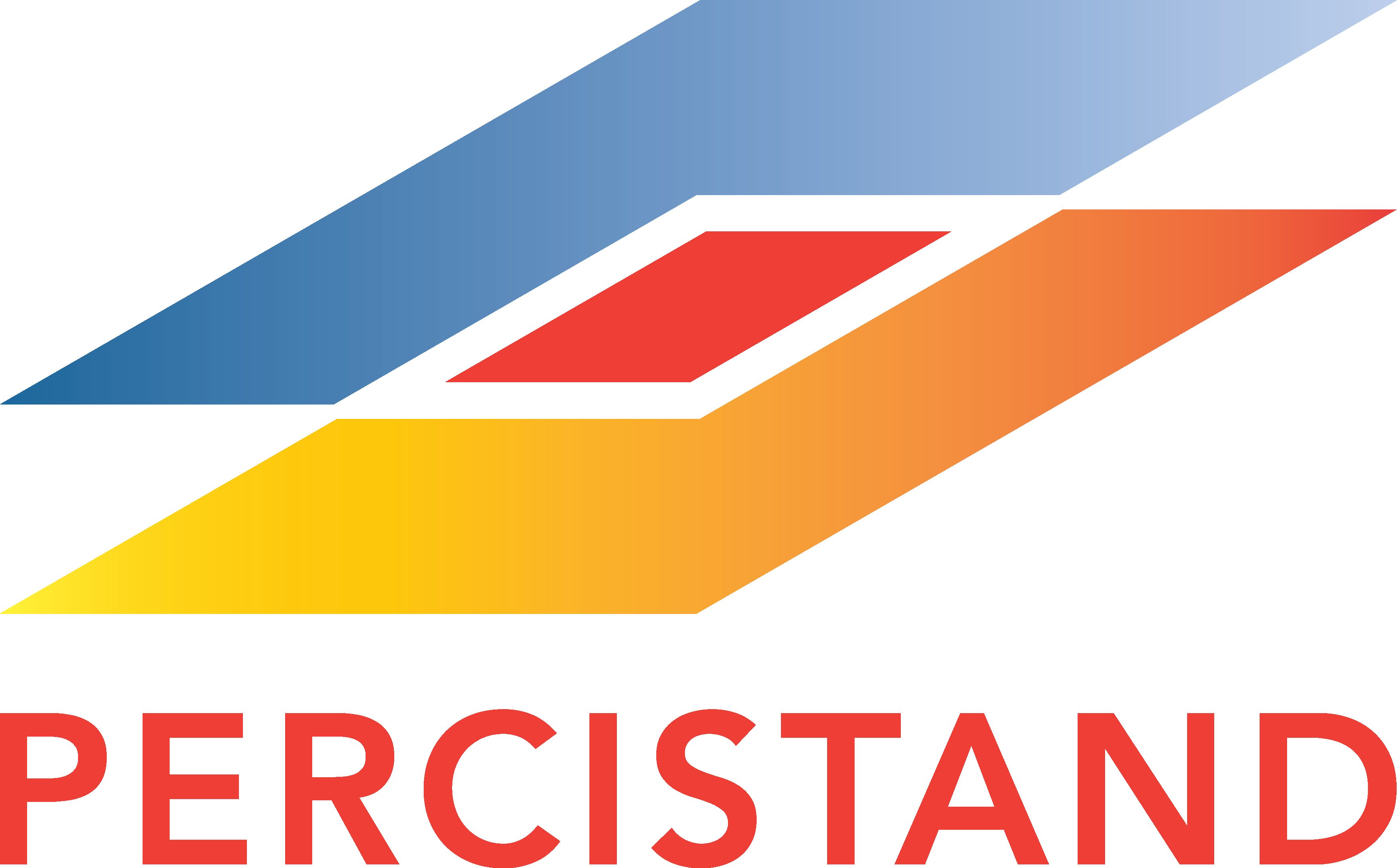A first iteration of a techno economic assessment (TEA) to determine the manufacturing cost of PERCISTAND technology was performed by Jordy Verboven during the course of his master thesis to obtain the degree of business engineering (economics) under the supervision of Prof. dr. Sebastien Lizin, Prof. dr. Bart Vermang, and drs. Alessandro Martulli. All are affiliated to Hasselt University, where the online defence will take place the 22nd of June. In Figure 1 you can see the conceptual steps that need to be taken in performing an iteration of a TEA.
The thesis contributes to the impact assessment work package within the H2020 funded PERCISTAND project. The performed work entails building and validating a bottom-up cost model, that is based on a process flow diagram (PFD), which dynamically links operating scale (e.g. throughput) to inputs (e.g. g, kWh) to manufacturing processes (e.g. sputtering, scribing, coating, drying) and ultimately to costs (€). This model dynamically links these input parameters to about 50 process steps to determine the module manufacturing cost, in €/module and €/m², of thin-film perovskite having an inverted p-i-n device geometry on chalcogenide tandem solar cells. The module size for this project is set to 20 x 20 cm². Manufacturing technologies are selected that enable production at industrial level scale with a throughput of 0.9 m²/minute. Both the manufacturing of 4T and 2T tandems are assessed. To manufacture these tandems, the model’s working hypothesis is that both CI(G)S and perovskite layers are made on a dedicated production line. Afterwards, both layers are combined.
The resulting cost breakdown, which is based on the currently available input data, suggests that the usage of Cadmium Chloride in the chemical bath deposition of CdS in the CI(G)S layer production and usage of carbon electrode paste in the perovskite layer production are important cost drivers. This conclusion requires further validation in subsequent iterations. However, risk analysis validates the accuracy of the model by confirming these to be the parameters that influence variation in module manufacturing cost for a given scale the most. In sum, with this work a solid foundation has been put in place and the project team is looking forward to the next iterations in which we aim to further increase the functionality of the model and accuracy of the resulting estimates.
This work would not have been possible without collaborators. The project team is very grateful for having received detailed input from SOLARONIX and IMEC.
